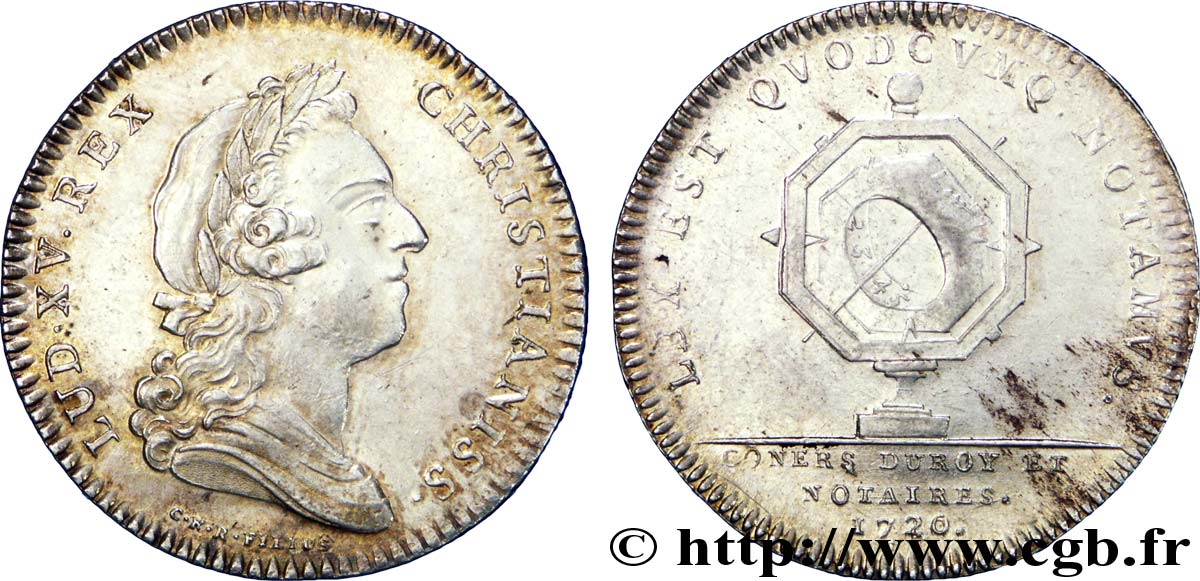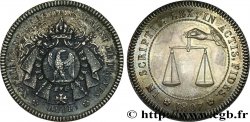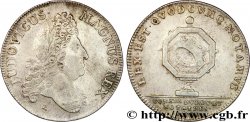E-auction 613-594258 - fjt_09657 - ROYAL NOTARIES Notaires de Paris - Louis XV 1720 (1755)
You must signin and be an approved bidder to bid, LOGIN TO BID. Accounts are subject to approval and the approval process takes place within 48 hours. Do not wait until the day a sale closes to register. Clicking on « bid » constitutes acceptance of the terms of use of cgb.fr private e-auctions.
Bids must be placed in whole Euro amounts only. The sale will start closing at the time stated on the item description; any bids received at the site after the closing time will not be executed. Transmission times may vary and bids could be rejected if you wait until the last second. For further information ckeck the E-auctions F.A.Q.
NO BUYER'S FEE.
NO BUYER'S FEE.
| Estimate : | 220 € |
| Price : | 50 € |
| Maximum bid : | 50 € |
| End of the sale : | 13 January 2025 20:03:00 |
| bidders : | 5 bidders |
Type : Notaires de Paris - Louis XV
Date: 1720 (1755)
Metal : silver
Diameter : 30 mm
Rarity : R2
Catalogue references :
Obverse
Obverse legend : LUD. XV. REX CHRISTIANISS.
Obverse description : Buste à droite de Louis XV signé C.N.R.Filius inédit proche du N°346.
Obverse translation : Louis XV, roi très chrétien.
Reverse
Reverse legend : LEX. EST. QVODCVMQ. NOTAMVS ; À L'EXERGUE : CONERS DU ROY ET NOTAIRES. 1720.
Reverse description : Le gnomon.
Reverse translation : Est Loi ce que nous consignons.
Commentary
D'après le buste, cette émission est de 1765.








 Report a mistake
Report a mistake Print the page
Print the page Share my selection
Share my selection Ask a question
Ask a question Consign / sell
Consign / sell
 Full data
Full data









